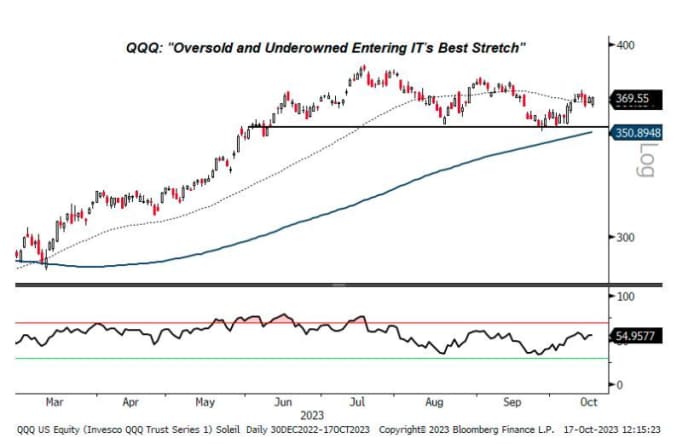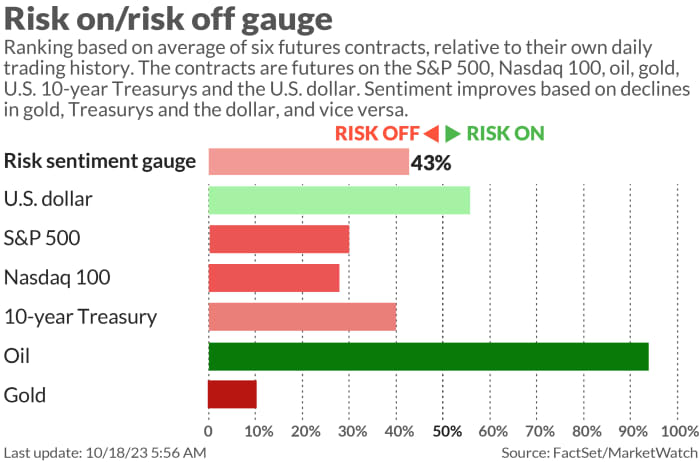President Emmanuel Macron’s government vowed on Tuesday to press ahead with a controversial immigration bill, a day after its flagship reform was rejected by lawmakers in a humiliating setback. The political crisis has heaped further pressure on a government that has struggled to pass reforms without a parliamentary majority.
In a surprise move, the French National Assembly voted to back a motion rejecting a controversial immigration bill on Monday without even debating it. The motion, proposed by the Greens, gained support not only from left-wing representatives but also from members of the right-wing Les Républicains and the far-right National Rally.
The government’s stunning defeat in parliament prompted opposition politicians to call for its dissolution. Jordan Bardella, the president of Marine Le Pen’s National Rally, told BFMTV on Tuesday he was “ready to serve as prime minister”.
The Élysée Palace, meanwhile, has moved fast to try and stop the political fallout. After an emergency ministerial meeting on Tuesday, government spokesperson Olivier Véran announced the formation of a special joint commission aimed at breaking the parliamentary gridlock “as fast as possible”’. The commission will be composed of seven representatives from both houses of parliament and will aim to return the bill to both chambers for a vote, Véran said.
After months of seeking to secure a majority in the National Assembly for his flagship policy, Interior Minister Gérald Darmanin had a lot riding on the legislation’s success. In response to the setback, Darmanin offered his resignation, which Macron rejected.
Darmanin had actively courted the right for months in an attempt to secure a majority, accepting a substantial rewrite of the bill in the conservative-led Senate. However, the bill presented on Monday in the Assembly bore little resemblance to the one voted on in the Senate, much to the dismay of Les Républicains.
Speaking on TF1 on Monday after the vote, Darmanin acknowledged the defeat. “It is a failure, of course, because I want to provide resources for the police (…) and magistrates to combat undocumented immigration,” he said.
The limits of ‘en même temps’
Macron’s government has touted its proposed immigration law as a way to respond to voter concerns and prevent the far right from monopolising the immigration debate.
“The president believes it is necessary to respond to what he sees as a public demand, given the multitude of events that have highlighted immigration issues in the news. This explains the government’s desire to show citizens that it takes the initiative and acts,” said Bruno Cautrès, a researcher at the Centre for Political Research at Sciences Po Paris (CEVIPOF).
However, Monday’s debacle in the National Assembly has exposed the limitations of the politics of “en même temps” (“at the same time”) – an approach pursued by Macron since 2017, combining policy solutions from both the right and the left wings of French politics.
What was possible with an absolute majority during Macron’s first term is no longer feasible with a minority government.
According to a poll conducted by Odoxa, 72% of French citizens consider better control of immigration to be the bill’s most important objective. But the French are far from unified on how they want to resolve the system’s issues – mirroring deep divisions between left and right.
While the proposed law is widely perceived as right-leaning, it failed to satisfy both the right and far right, who reject providing work permits to undocumented workers. Simultaneously, it proved too repressive for the left, which opposes restrictions on family reunifications and the introduction of an annual debate on migration quotas.
Politicians are urging Macron’s government to choose a side instead of attempting to please everyone. Olivier Marleix, the head of Les Républicains in the lower house, told French television channel LCI that his party was “ready to vote” if the text is revised to the version voted through by the Senate.
“We want the government to choose sides: either it’s a right-wing text or a left-wing text, but it can’t be both at the same time.”
Even Macron’s political movement, Renaissance, exhibited internal divisions over the bill. The left wing of Renaissance, led by Sacha Houlié, the chairman of the lower house commission that amended the bill, expressed dissatisfaction with concessions made by Darmanin to the right, particularly regarding the stripping of healthcare rights for undocumented migrants.
Read moreFrench doctors vow to ‘disobey’ bill stripping undocumented migrants of healthcare rights
“We have red lines. It would be irresponsible to go beyond our political DNA … The adoption of the text cannot come at the cost of a division within the majority,” said Houlié in an interview with French Financial daily Les Échos on Sunday.
“It is very difficult to achieve consensus on immigration, which generates a diversity of perspectives and a clear division between right and left,” said Cautres. “There have been many hesitations by the government over the months. The balance is too difficult to find because this is typically the kind of issue where the contradictions of ‘Macronism’ can surface.”
Fallout for Darmanin – and his colleagues
A day after having his resignation declined, Darmanin seems to have bounced back, for now. On a visit to a police station in the southeastern suburbs of Paris, Darmanin said Tuesday that “whatever path we take”, he wanted “firm measures” to be put in place by the end of the year.
But his contortions throughout the process have left a lasting impression. After expressing satisfaction with the Senate’s version which bore little resemblance to the initial bill, Darmanin had enthusiastically welcomed the version the National Assembly commission extensively revised – prompting critics to describe him as fickle.
On Tuesday, Les Républicains party chief Eric Ciotti said he would like to work with Prime Minister Élizabeth Borne on the immigration law moving forward, suggesting his party had lost faith in the interior minister.
“How can we talk to someone (Darmanin) who constantly insults us? It is up to the prime minister to lead this discussion,” he told Europe 1.
If the new special joint commission fails to reach a breakthrough, it will pose a significant challenge for Borne and her government. If she still intends to adopt the bill, she may find herself compelled to use Article 49.3 – a controversial provision in the French constitution that allows the executive to bypass the National Assembly to pass a law.
Triggering Article 49.3 for the 21st time in only 18 months would raise the political stakes even higher, particularly after the administration’s controversial use of it in the spring to pass pension reform occasioned protests and disruptive strikes across France that garnered the world’s attention.
This article was adapted from the original in French.
Source link
#Contradictions #Macronism #French #government #fights #save #face #immigration #bill #debacle














